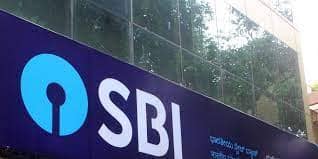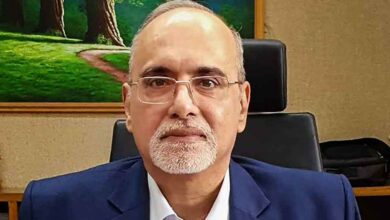
In its report, the state bank of India, which is the largest lender and public sector bank of the country, has downplayed the worries relating to the flagging in the banking sector deposit growth.
As per ANI, the Minister of Finance and Corporate Affairs, Nirmala Sitharaman, met the heads of public sector banks and regional rural banks on Monday, the 19th of August. The SBI economists have dismissed the worry over deposit growth as mere statistical illusion.
This is so because the cumulative deposits made after financial year 2021-22 have been way beyond the credited amount.
Therefore, the report brought out the fact that in Financial Year 23, the banking sector overall, and more particularly All Scheduled Commercial Banks (ASCBs), recorded the highest absolute increase in deposit and credit since 1951-52. Deposits have gone up a phenomenal Rs 15.7 lakh crore.
At the same time, the credit rose by Rs 17.8 lakh crore, lifting the cumulative incremental CD ratio to a ludicrous 113%. This trend was sustained in FY24, and the deposits increased by Rs 24. It targeted the expansion of credit to 3 lakh crore and credit by Rs 27. 5 lakh crore. Incremental Credit-Deposit Ratio (ICDR) therefore measures the change in credit as regards the change in deposits.
As for the potential signals indicating when the divergence cycle could be over, the report pointed to June–October 2025. While divergence is defined as the situation where one will increase while the other or the related asset, indicator, or index decreases.
According to the RBI study mentioned above, as of June 2024, India is in twenty-six months of this divergence of money supply growth rates. Other projections have suggested that it could be brought to a close between June and October 2025. As the report has it, once this factor is reversed, deposit growth is expected to regain its momentum.



